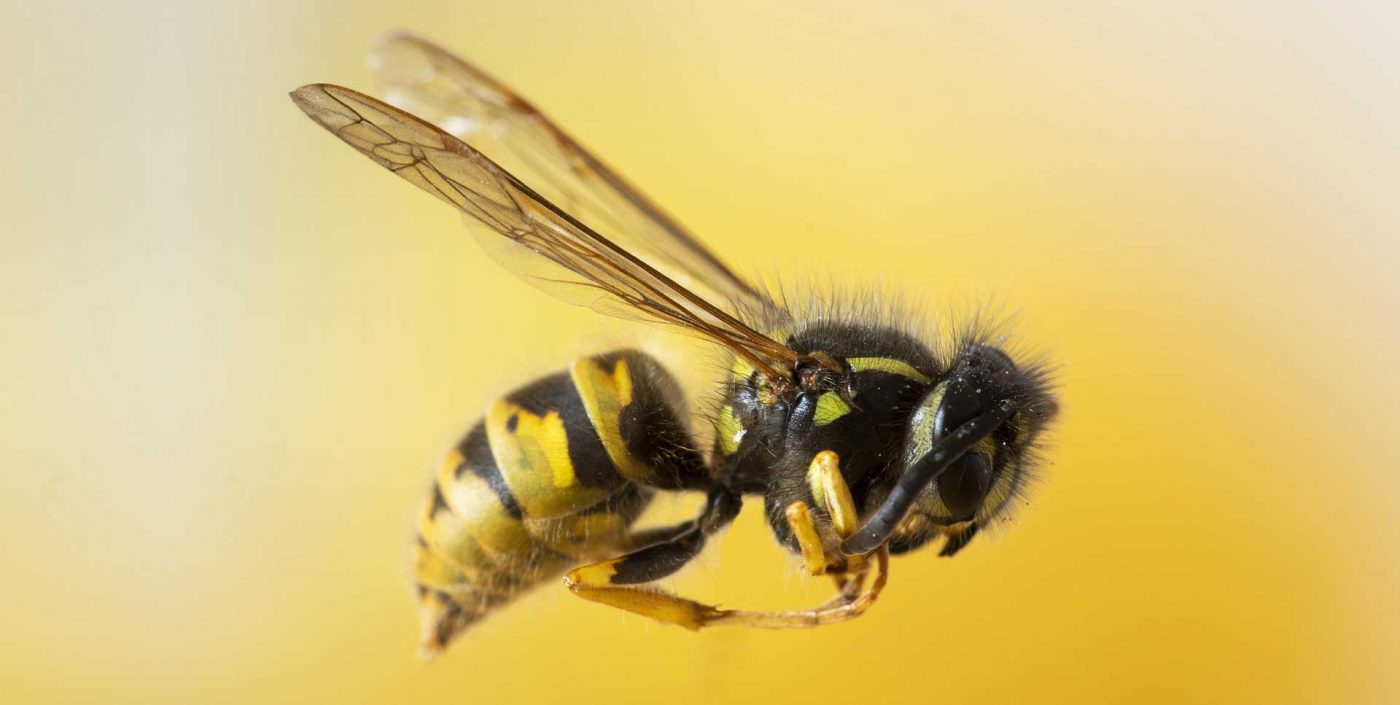SCIENCE OF POLLEN
The major components of pollen are proteins, amino acids, lipids and sugars. During nectar gathering, bees distribute pollen from one flower to another. Pollen grains can be distinguished by their outer form and chemical or nutrient composition. This knowledge of pollen is useful in determining the geographic and botanical origin of honeys.
The pollen collected by beekeepers is not same as the fine, powdery pollen from flowers. The hundreds of pollen grains per flower collected by honeybees are packed into pollen pellets on their hind legs with the help of special combs and hairs. A honeybee carries two pollen pellets per trip.
Honeybees mix flower pollen with nectar or regurgitated honey in order to make it stick together and adhere to their hind legs. The resulting pollen pellets harvested from a bee colony are therefore usually sweet in taste. Some pollen types, rich in oils, stick together without nectar or honey. A foraging Honeybee rarely collects both pollen and nectar from more than one species of flowers during a trip. Therefore the resulting pollen pellet on its hind leg contains only one or very few pollen species. This is why colour variations occur between pellets – most frequently yellow but red, purple, green, orange and a variety of other colours occur as well.


